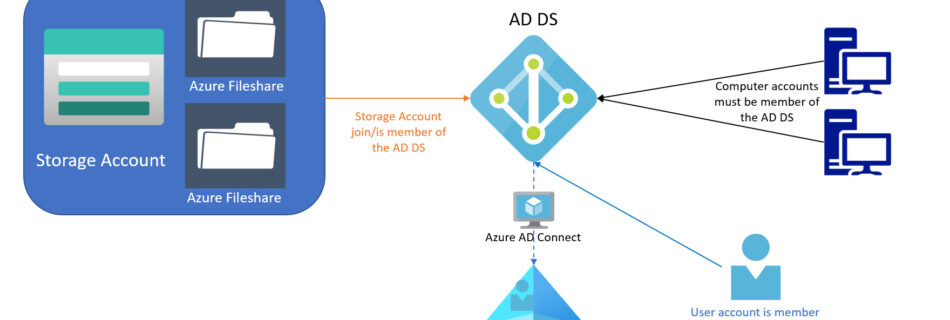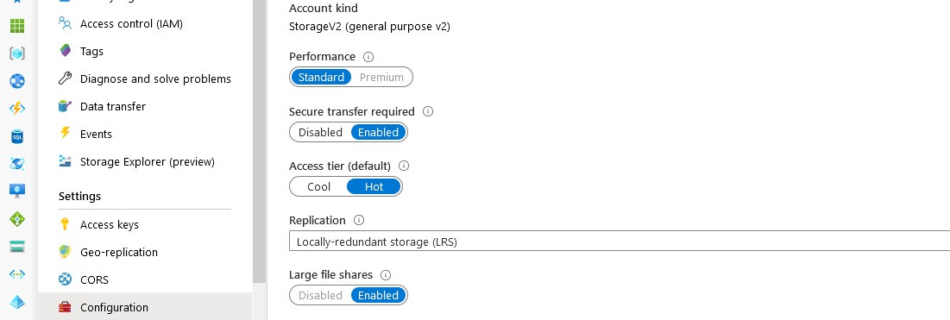Azure Files enabled AD DS SMB authentication Best Practices and all you need to know
02/03/2022 Update 1 There are some improvements and changes in the AzFilesHybrid module, I updated the article with this changes. The Azure Files Teams announced the availability of joining Azure Fileshares to AD DS since February 2020. This brings a lot of new possibilites, like to move Fileservers directly to a hosted SMB solution or …

